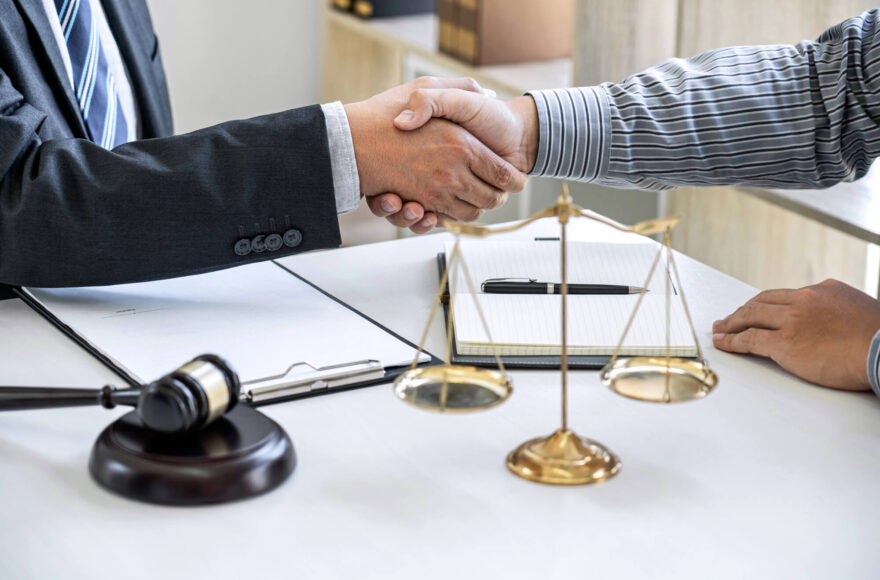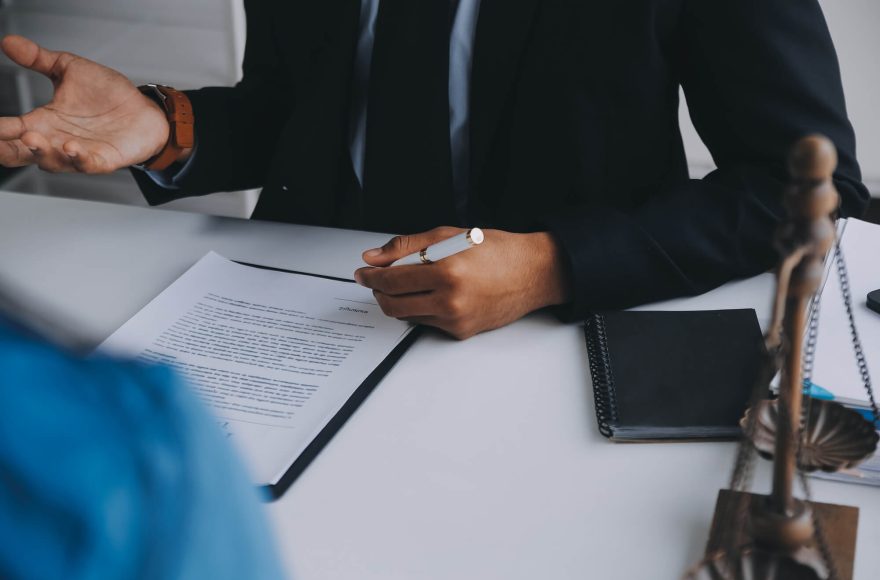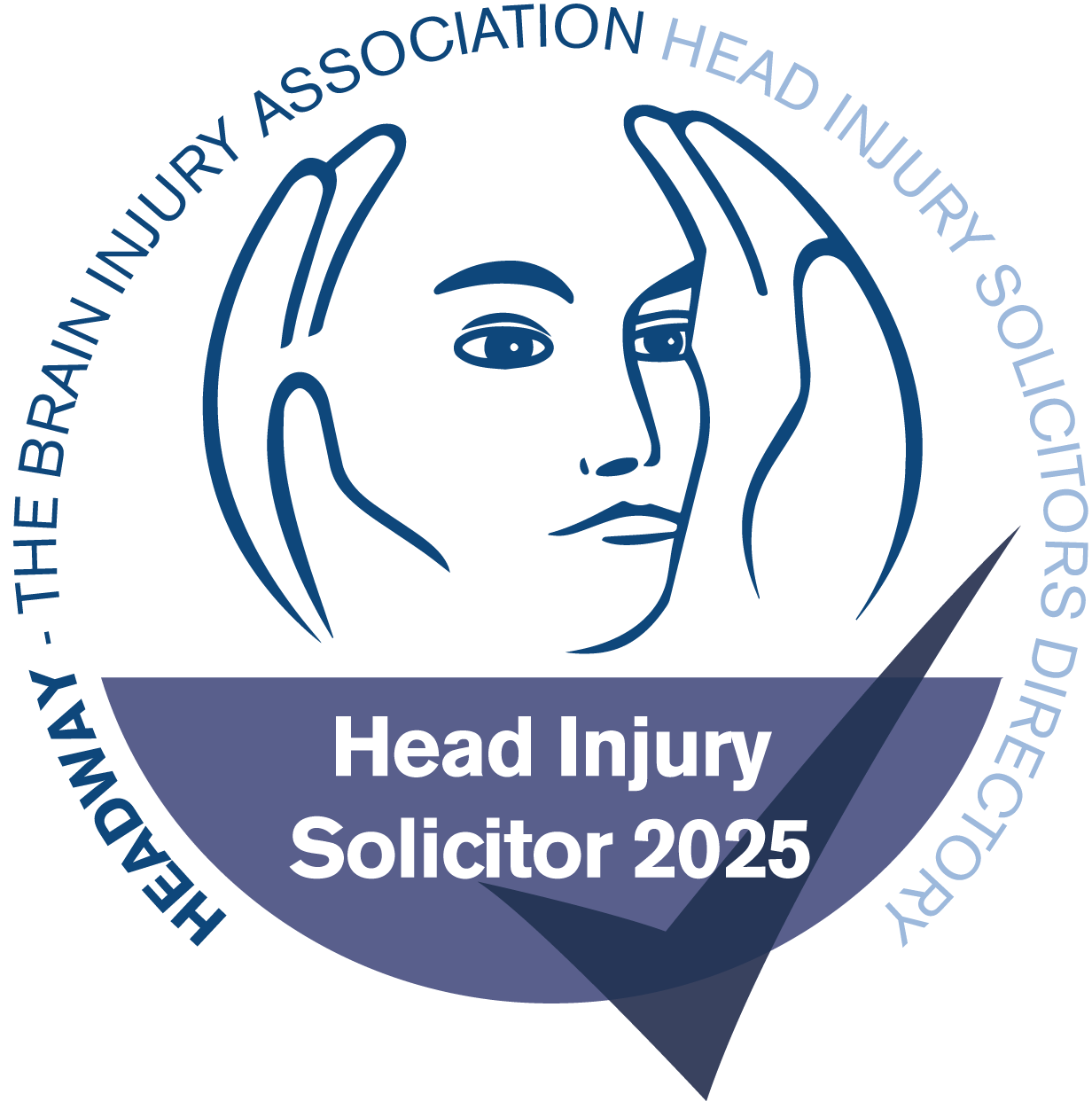Imagine the following personal injury claim scenario: an injured claimant (C) tells medical experts he never goes outside without a crutch. Then, a year or so later, the defendant (D) produces as evidence many hours of video surveillance footage showing C ‘out and about’ at the time of his medical appointments, walking without a crutch.
What is C’s legal team to do? The answer is simple but urgent and time-consuming: C’s lawyer needs to speak with C and find out who can provide witness statements in answer to the surveillance footage, and so endeavour to set the record straight.
I always ask clients and witnesses to ‘tell it as it is’ – that is, neither sugar-coat the situation nor over-egg the pudding. This mantra has served me well during my 30-plus years as a personal injury solicitor. As so often in life, there are usually two sides to every story, and it is the job of C’s lawyer to obtain the evidence to tell the court what the video footage does not show.
Personal injury lawyers very often need to undertake detective work to seek to solve mysteries, in the interests of justice. In C’s case it may be that various people can provide statements about the surveillance days and fill in the gaps of what the camera does not always show. For example, signs of pain, a limp, a stumble, breaks to take medication, or signs of fatigue – all these can provide some context and help present a more complete picture of the situation.
C would need to provide a statement explaining why he said what he did to the experts, to set this in context, and to explain when and in what circumstances he did or did not use a crutch. If appropriate, C’s statement could apologise to the court for not being clearer with the experts. In my experience, some people may generalise and make sweeping statements, but this does not equate to dishonesty unless there is an intention to mislead or deceive.
The most important question to ask C would be: “Who saw you out and about with your crutch during that time?”. It may well be that various people, not necessarily friends or family, will be only too happy to come forward with recollections and photos of going for walks with C using his crutch during the relevant period. If, say, six signed statements and accompanying sets of photos from people who have no reason to lie are produced, all showing C habitually relying upon a crutch during the relevant time, then it may well be that the wind will be completely taken from D’s sails.
It is always worth remembering that although the camera doesn’t (usually) lie, neither does it necessarily tell the whole story.
If you have any questions about personal injury claims, or would like to make an enquiry about bringing a claim, please contact us on 01243 786668 or at info@georgeide.co.uk.
Paul Fretwell, Partner & Head of Personal Injury
Contact Our Friendly Legal Experts Today
For general enquiries or to discuss more specific needs in personal or commercial law please get in touch with a friendly member of our team today.
Latest News

All You Need to Know About Contentious Probate

Myth busting Mediation - What is it, and how can it help?

Your Quick Guide to End of Year Tax Planning

Court Claims & the Limitation Period

How the Court of Protection Works and the Role of a Deputy








